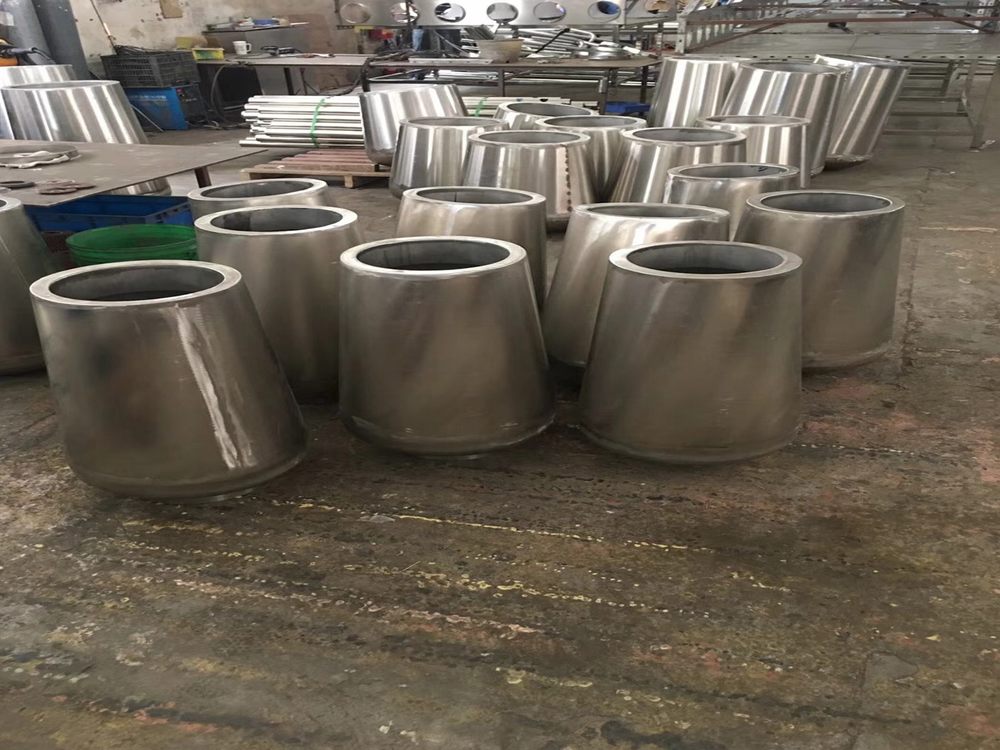
Porcelain sculptures, known for their delicate beauty, often captivate viewers with an unexpected sense of movement and fluidity. Artists achieve this illusion through a combination of technical mastery and creative vision. One key technique involves manipulating the material while it’s still malleable, shaping it into dynamic curves and undulating forms that suggest motion. The play of light on glazed surfaces enhances this effect, as reflections shift with the viewer’s perspective, creating a sense of animation.
Another method is the strategic use of negative space, where carefully placed gaps or openings imply a figure caught mid-motion. Textural contrasts—smooth areas juxtaposed with rough or rippled sections—further reinforce the perception of flow. Some artists even incorporate kinetic elements, allowing parts of the sculpture to move gently with air currents.
Mastery of porcelain’s unique properties is crucial. Its translucency can mimic the lightness of flowing fabric or water, while precise firing techniques ensure structural integrity for thin, extended forms that appear to defy gravity. The result is a breathtaking paradox: fragile ceramic that pulses with life and energy.

